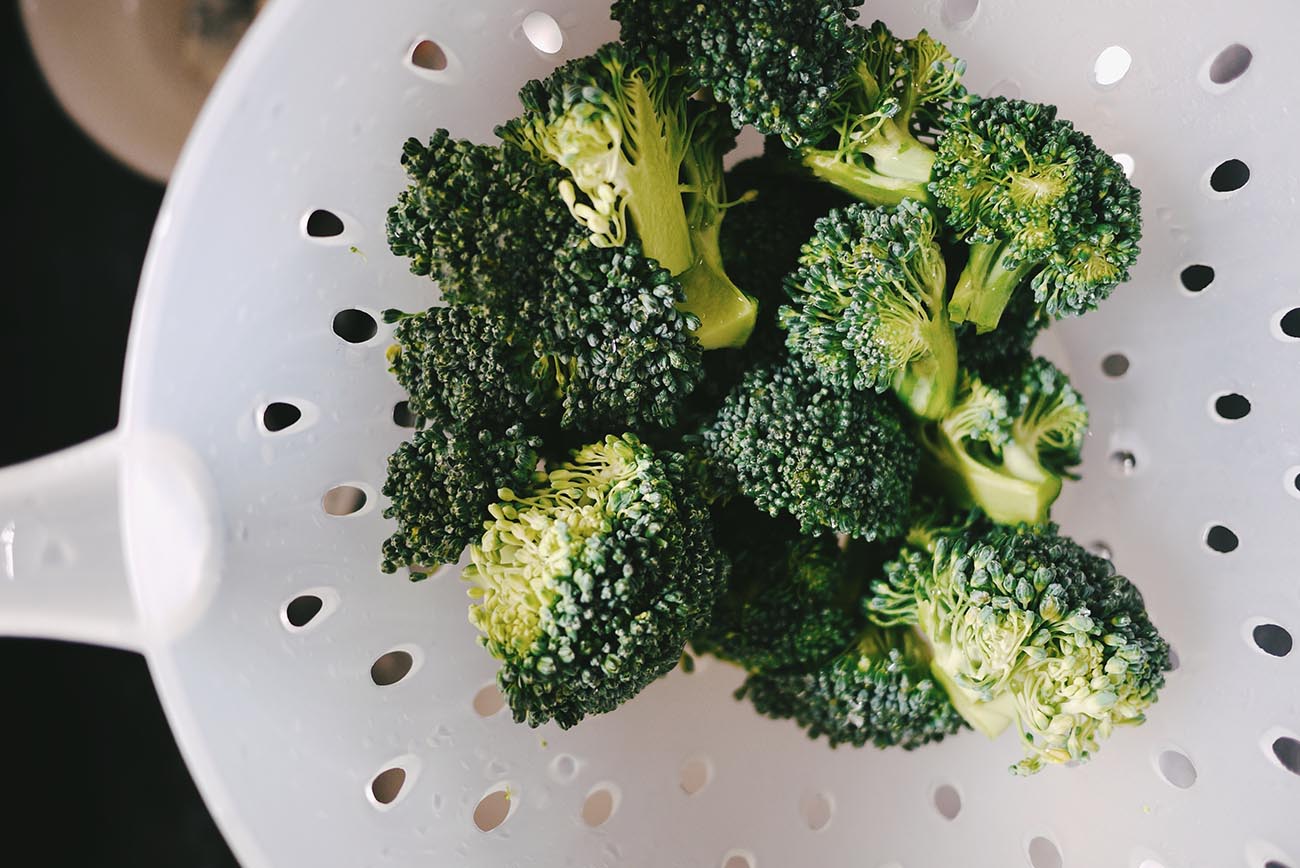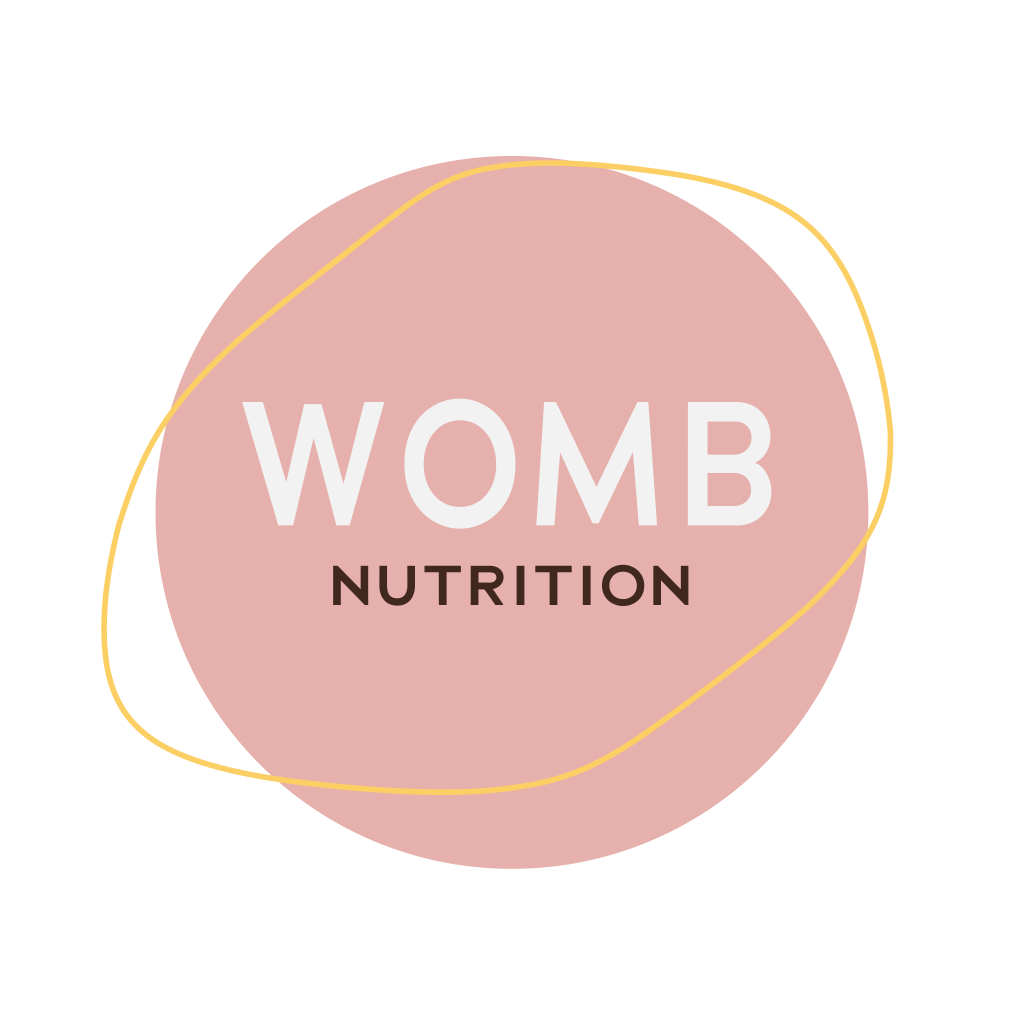As a mother who’s currently breastfeeding her second child and extensively studied postpartum nutrition, breast milk is nothing less than fascinating to me.
Breast milk contains a plethora of essential nutrients that promote infant growth and development and has components that are completely unique to any other feeding method. Nevertheless, this article is only meant to provide information and support, not shame those who are unable or choose not to breastfeed.
What I find most fascinating about breast milk is the fact that it’s always alive. In addition to the three main macronutrients that are in an ideal ratio for a baby’s proper development, breast milk is a continuous source of beneficial bacteria that’s there to support your baby’s gut microbiome.
Breast milk is also adaptive and varies in composition not only throughout the entire lactating period, but also during a single feed. The fat content of breast milk increases as the feed progresses and varies according to the fullness of the breast and the time of day.
There are three phases of breast milk: colostrum, transitional milk and mature milk.
- Colostrum is the breast milk produced during the first few days after birth and it’s what will provide a newborn with all the necessary nutrients and calories it needs, assuming a proper latch. The production of colostrum begins during late pregnancy and is specifically designed in order to support a newborn in this early phase of life. Baby needs just a tiny amount of milk in the beginning, so that’s why colostrum’s nutrient profile and immunological composition differs substantially from mature milk.
- Transitional milk usually comes in around 2-5 days postpartum. It’s triggered by a decline in progesterone, which is a response to the placenta being delivered. Just as its name states, it’s a transition from colostrum to mature milk.
- Mature milk will come in place by the end of the first month after birth. Mature milk is higher in both fat and lactose and is composed of foremilk – produced at the beginning of a feed – and hindmilk – produced as the feed progresses. The main difference between foremilk and hindmilk is the macronutrient composition, hindmilk being substantially higher in fat.
When it comes to breastfeeding, my personal belief is that there’s too much pressure on moms to breastfeed and too little education when it comes to postpartum maternal nutrition. Almost everywhere we see a post on breastfeeding, we see the WHO recommendation: “babies should be exclusively breastfed until at least 6 months of age”. What’s not very often discussed is what nutrient content of human milk is affected by maternal status and intake and how low milk concentrations of certain nutrients affect infant status.
Mothers tend to overlook the quality of their breast milk and instead focus on the amount they are producing.
And I get it, that’s what everyone talks about. No one will ever ask – “is your breast milk nutrient-rich?”, but yet everyone asks “do you have enough breast milk to feed your baby?”. And don’t get me wrong, naturally supporting breast milk supply is equally important if we decide to breastfeed. But nowadays, contrary to traditional wisdom, there’s very little to no emphasis put on a new mother’s nutrient needs.
Some nutrients are much more dependent on maternal status and intake than others. Concentrations of folate, calcium, iron, copper, and zinc in breast milk are relatively unaffected by maternal intake or status. Nevertheless, this doesn’t mean that these nutrients are not important to a mother’s diet postpartum. What happens when intake is less than the amount secreted in milk (and the recommended daily intake) is that the mother herself gradually becomes more depleted in these nutrients. For example, with limited dietary intake of folate – a nutrient that the body doesn’t store in large amounts – reserves would be depleted after only a few months of breastfeeding.
B vitamins, choline, vitamin A, vitamin D, selenium and iodine are secreted more rapidly into breast milk and are also substantially influenced by maternal intake. Maternal status and intake has a great influence on breast milk concentrations and can improve infant status. The Breastfeeding Nutrition individual support session is specifically aimed at making sure you integrate all these nutrients in your diet in optimal amounts, be it from food or supplements whenever required.

OPT FOR HEALTHY FATS
Fat is the most variable macronutrient in milk and it can vary from 18 g/L to 62 g/L between mothers. As already mentioned above, it also varies between colostrum and mature milk and, subsequently, between foremilk and hindmilk.
Moreover, research shows that the specific type of dietary fat a mother consumes is directly correlated with the corresponding fatty acids in her milk samples. This applies to both beneficial fats – such as DHA – as well as harmful fats, such as trans fats from industrial seed oils or various ultra-processed foods. A few of the most beneficial fats to consume are fatty fish, nuts and seeds, ghee, olives and extra-virgin olive oil (EVOO), avocado and coconut in all forms.
PROTEIN IS KEY
If a breastfeeding mother consumed the RDA of protein recommended for a non-pregnant/non-lactating woman, she would need to mobilise about 19% of her lean tissue to support 6 months of milk production. Protein is necessary for synthesising hormones, enzymes and antibodies and directly impacts breast milk production and the baby’s overall growth and development. Therefore, low protein diets or intermittent fasting is therefore contraindicated while lactating.
Whether from animals or plants, consider including a protein food source with every meal. In addition, you can include high-quality protein powder or collagen peptides in your smoothies.

CARBOHYDRATES ARE IMPORTANT
Even though concentrations of carbohydrates are independent of maternal diet and nutrient intake, they are still needed for energy, breast milk production and a wide array of micronutrients and antioxidants. Aim for a variety of complex carbohydrates: root vegetables like beets, carrots, parsnip, sweet potatoes, hard squash and non starchy vegetables like asparagus, bell pepper, cabbage, cauliflower, celery, eggplant, fennel, green beans, leeks, mushroom, etc. During those early postpartum days, cooking vegetables is often better than eating raw, as this supports a mother’s recovery and compromised digestion. Make friends with leafy greens and add some to your meals or snacks (hello, smoothie) on a daily basis. And don’t forget fruits – I recommend you eat them with the season or frozen.
If you’re curious to learn more about postpartum nutrition or you need help with an individualised plan, let’s work together. Book a free discovery call to learn what kind of support you’d benefit from the most.
A mother’s milk will always be the most nourishing and complete food for her infant(s). And it’s much more than nutrition – it’s also hydration and confort. The information provided in this article is not meant to diminish the nutritional quality of breast milk, nor to instate any form of mom guilt.
Please don’t forget: you are doing great. ❤️
This article is for informational purposes only. It is not, nor is it intended to be, a substitute for professional medical advice, diagnosis, or treatment and we at Womb Nutrition recommend that you always consult with your healthcare provider.
Links to research studies:
https://www.ncbi.nlm.nih.gov/pmc/articles/PMC5508878/
https://www.ncbi.nlm.nih.gov/books/NBK235579/
https://www.ncbi.nlm.nih.gov/pmc/articles/PMC3649471
